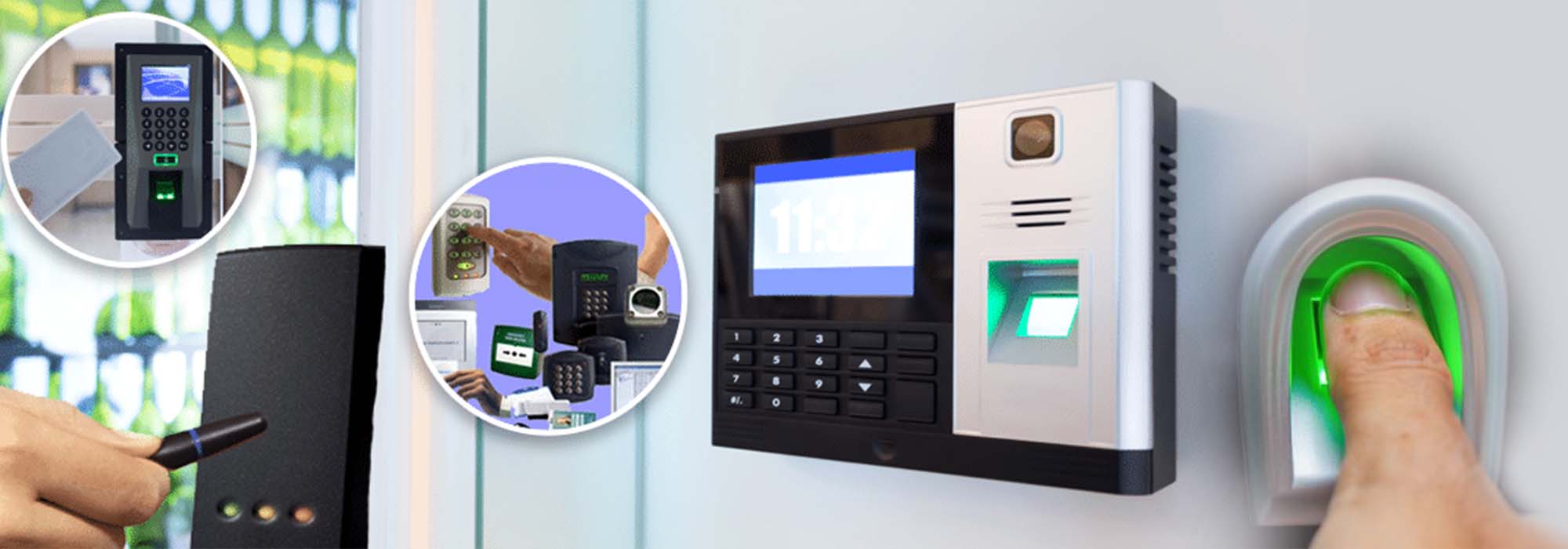
Access control systems are security mechanisms that regulate and manage the entry and exit of individuals or vehicles into specific areas. These systems are widely used to enhance security in various environments, such as residential buildings, offices, government facilities, data centers, and industrial sites. Access control systems play a crucial role in ensuring that only authorized individuals or vehicles gain entry to restricted areas, thus preventing unauthorized access and enhancing overall safety. Here are some key components and features commonly associated with access control systems:
1. Access Control Points (ACP): These are physical locations where access is controlled, such as doors, gates, turnstiles, or elevators.
2. Credentials: Access control systems use various types of credentials to authenticate individuals. Common examples include key cards, access cards, key fobs, PIN codes, biometric data (fingerprints, retina scans, facial recognition), and mobile credentials (virtual keys stored on smartphones).
3. Access Control Panels: These panels are the central processing units of access control systems. They manage and interpret information from various components, including credentials, and decide whether to grant or deny access.
4. Readers: These devices read the credentials presented by individuals and transmit the information to the access control panel for verification. Examples include card readers, fingerprint scanners, and keypad entry systems.
5. Locks and Electric Strikes: Access control systems often control electronic locks or electric strikes that secure or release doors based on the authentication result.
6. Software: Access control software is used to configure and manage the access control system. It allows administrators to set access levels, monitor activities, and generate reports.
7. Database: The database stores information about authorized users, their access levels, and credential details.
8. Monitoring and Logging: Access control systems provide monitoring capabilities to track entry and exit activities. Logging features keep a record of events, which can be useful for auditing and investigations.
9. Integration with Other Systems: Access control systems may integrate with other security systems, such as video surveillance, alarms, and intrusion detection systems, to provide a comprehensive security solution.
10. Scalability: Access control systems should be scalable to accommodate changes in the size and structure of an organization or facility.
11. Remote Access: Some modern access control systems allow administrators to manage and monitor access remotely, enhancing flexibility and efficiency.
12. Biometric Access Control: The use of biometric data, such as fingerprints, retinal scans, or facial recognition, adds an additional layer of security and accuracy to access control systems.
Implementing an effective access control system is crucial for maintaining the security and integrity of physical spaces, and advancements in technology continue to shape and improve these systems over time.
Copyright © 2024 Arka Building Solutions Private Limited All Rights Reserved. Designed by : Saiway Tech